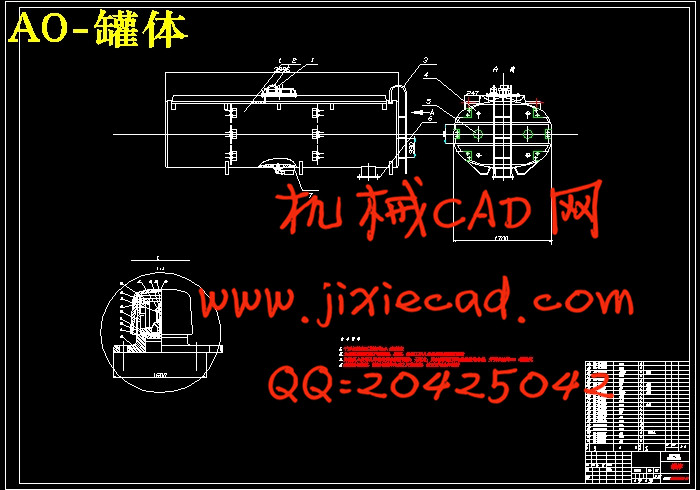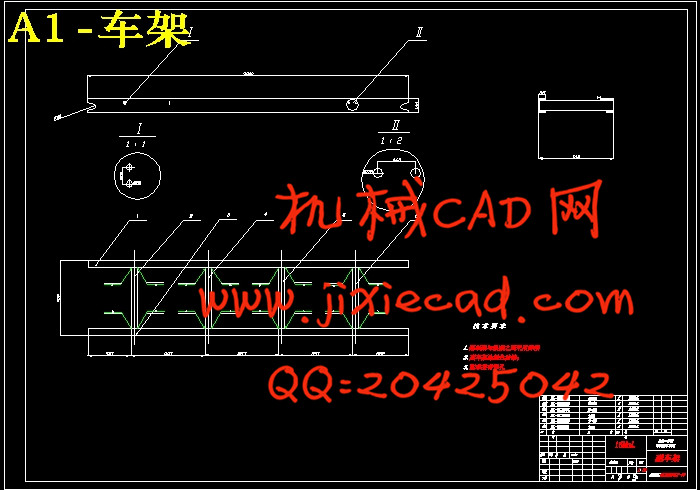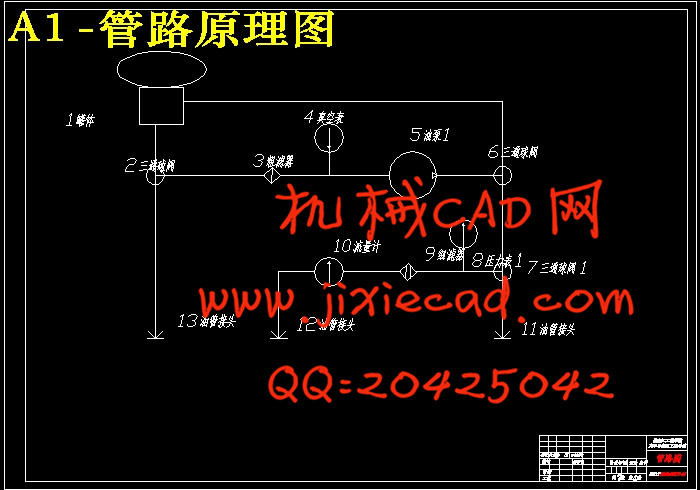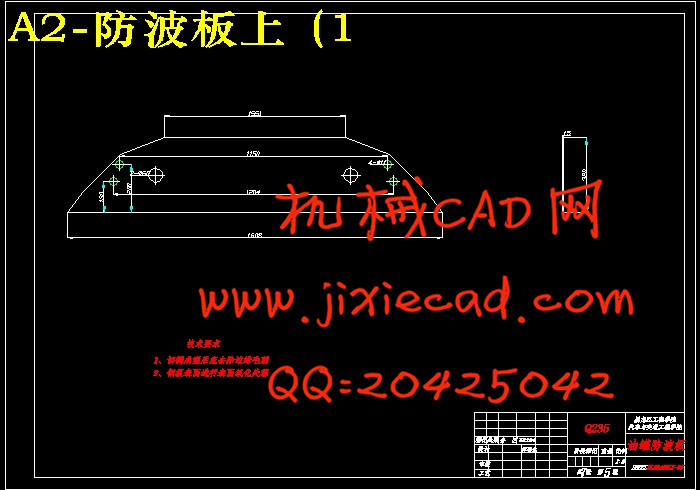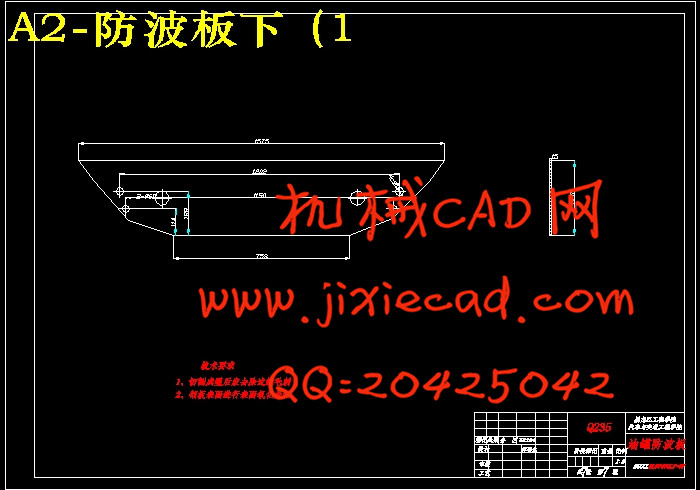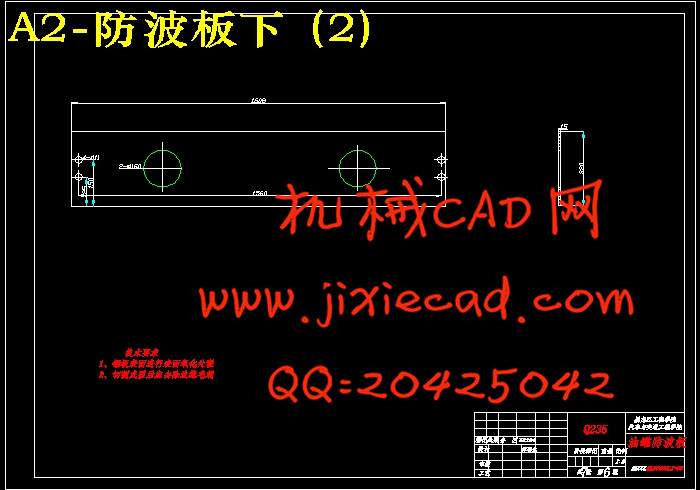设计简介
摘 要
目前国内外都对加油车这一新兴车种相当的重视,尤其是是在军事方面,等高科技的技术领域加油车的应用广泛。加油车以它方便,快捷,被人们所接受。所以加油车以后还是会离我们的生活越来越近,我们的生活已经离不开它的存在RL5040GLY加油车先从底盘开始入手通过对底盘的选择,选取出符合要求的二类底盘,并对车架和副车架的承重进行分析,确定副车架的尺寸。并根据二类底盘的满载质量计算出出罐体的大小。最后确定各个部件的组成,最后进行整车动力性,燃油经济型的计算
关键词:罐式汽车;加油车;罐体;取力器;油泵:
ABSTRACT
A tanker truck at home and abroad of all this new type much attention, especially in the military, is high-tech technological field widely fuel truck. According to understand, for international oil prices continue to rise, small flow the economic value of fuel truck increasingly highlights, in recent years flow tanker truck market demand to multiply, and tanker trucks often is in short supply, high-tech cutting-edge products are much rarer, so a tanker truck later still will leave our life more and more close, our life has without its existence
Based on the introduction to design a key, tank car main structure and cheer special equipment design and working principle. In the design process devastates reference other tank tank car the basic shape, select section of simple and small error "four sections of arc fitting elliptic" method to design vessel section. And considering the difficulties in carriage process inner tanks increase prevent slope board. In order to ensure transportation safety, need low temperature of heat BaoWenChe, referring to transport the principle, design have heat preservation thermal insulation layer. Finally, according to the quality of the tanks assembly of fuel truck chassis and the distribution of axle and hang a Hollywood, and vehicle fuel economy performance, were calculated
Keywords: tank car; Tanker truck; Tanks; Take force manometers; pu
目 录
摘要………………………………………………………………………………………I
ABSTRACT………………………………………………………………………………II
第1章 绪论………………………………………………………………………… 1
1.1 概述………………………………………………………………………………1
1.2 目的和意义………………………………………………………………………1
1.3 专用车的现状和发展趋势………………………………………………………2
1.3.1 近年专用车的产销发展现状……………………………………………2
1.3.2 罐式车的发展方向………………………………………………………2
1.3.3 专用汽车的发展展望……………………………………………………2
1.4 加油车的现状和发展趋势………………………………………………………3
1.4.1 加油汽车的产销形势……………………………………………………3
1.4.2 加油汽车生产企业介绍…………………………………………………3
1.4.3 加油汽车的发展与机遇方向……………………………………………3
1.4.4 加油汽车的开发设计过程………………………………………………4
1.5 设计内容…………………………………………………………………………7
1.6 设计方法和手段…………………………………………………………………7
第2章 罐车的总体布置……………………………………………………………8
2.1 总布置原则………………………………………………………………………8
2.2 加油汽车的总体布置……………………………………………………………8
2.2.1 罐体与底盘的链接…………………………………………………… 8
2.2.2 罐体总成与底盘的连接……………………………………………… 8
2.3 整车重心…………………………………………………………………………9
2.4 本章小结…………………………………………………………………………9
第3章 二类底盘的选择………………………………………………………… 10
3.1 车型介绍…………………………………………………………………………10
3.2 总成结构…………………………………………………………………………11
3.2.1发动机…………………………………………………………………… 11
3.2.2 离合器……………………………………………………………………12
3.2.3 变速器………………………………………………………………………12
3.2.4传动轴………………………………………………………………………12
3.2.5 前轴…………………………………………………………………………12
3.2.6 后桥…………………………………………………………………………13
3.2.7 车轮及轮胎…………………………………………………………………13
3.2.8 悬架…………………………………………………………………………13
3.2.9 车架…………………………………………………………………………13
3.3 本章小结……………………………………………………………………………13
第4章 罐体的设计……………………………………………………………………14
4.1 罐体的截面设计……………………………………………………………………14
4.1.1 截面椭圆的基本性质………………………………………………………14
4.1.2 计算法………………………………………………………………………15
4.1.3 罐体体积的计算……………………………………………………………17
4.2 封头的设计…………………………………………………………………………17
4.3 罐体厚度的确定……………………………………………………………………18
4.4 防坡板的设计………………………………………………………………………18
4.5 人孔盖………………………………………………………………………………19
4.6 液位指示剂的设计…………………………………………………………………20
4.7 放油阀………………………………………………………………………………21
4.8 底阀…………………………………………………………………………………21
4.9 隔板…………………………………………………………………………………21
4.10 防护框…………………………………………………………………………… 21
4.11 静电消除装置…………………………………………………………………… 22
4.12 本章小结………………………………………………………………………… 22
第5章 副车架的设计计算………………………………………………………… 23
5.1 副车架的外形设计计算………………………………………………………… 23
5.1.1副车架的截面形状设计计算………………………………………………23
5.1.2副车架的前端形状选型……………………………………………………23
5.2 副车架与主车架的连接方式……………………………………………………24
5.3 副车架主要尺寸计算……………………………………………………………24
5.4 副车架的强度刚度弯曲适应性校核……………………………………………25
5.4.1 额定装载时整车重心作用点的求解……………………………………25
5.4.2 副车架剪力及弯曲求解…………………………………………………26
5.4.3 副车架强度刚度校核……………………………………………………28
5.4.4 副车架弯曲变形校核……………………………………………………29
5.5 本章小结…………………………………………………………………………31
第6章 辅助系统设计……………………………………………………………… 32
6.1 取力机构的设计与选型…………………………………………………………32
6.2 管路系统的设计及原理图………………………………………………………32
6.3 油泵的选取………………………………………………………………………34
6.4 本章小结…………………………………………………………………………34
第7章 整车的性能分析…………………………………………………………… 35
7.1 汽车动力性能分析………………………………………………………………35
7.1.1 基本参数的确定…………………………………………………………35
7.1.2 汽车的行驶方程式………………………………………………………36
7.1.3 汽车最高车速的确定……………………………………………………38
7.2 燃油经济性的计算………………………………………………………………39
7.3 整车轴荷分配计算………………………………………………………………40
7.4 整车稳定性分析…………………………………………………………………41
7.4.1 空载质心高度的计算……………………………………………………41
7.4.2 空载侧倾角的计算………………………………………………………41
7.5 本章小结…………………………………………………………………………42
结论 43
参考文献 44
致谢 45



